SIGNS, SERPENTS, SALVATION
By Lauren Pond
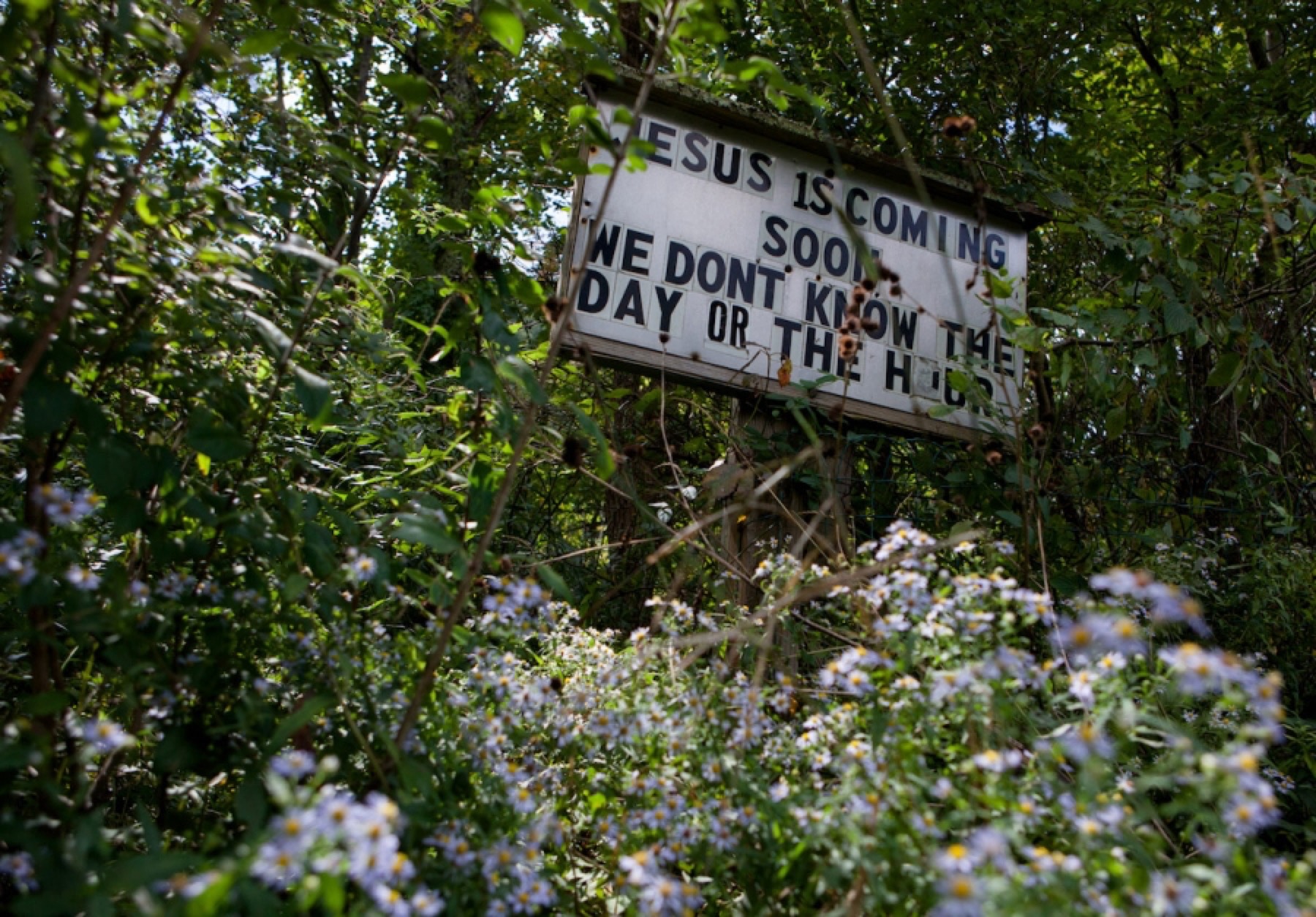
Outside Mack Wolford’s church, Matoaka, West Virginia, 2013. Photograph by Lauren Pond from “Test of Faith: Signs, Serpents, Salvation.” To see more photographs and learn more about the book, visit dukeupress.edu/test-of-faith
A Dispatch from the Center for Documentary Studies at Duke University
In 2016, Lauren Pond won our eighth biennial Center for Documentary Studies/Honickman First Book Prize in Photography for her photographic series documenting a family who handles serpents as one part of their religious practice. But there’s so much more to their lives, even as those lives, including Lauren’s, are shaped and altered by tragedy: Pastor Mack Wolford’s death from a snake bite. The work is full of both otherworldly light—the Edenic green of a service—and the ordinary light of everyday living, of working and tending to family and keeping the faith.
As Lauren says, “Back when I started photographing serpent handlers in 2011, I dreamt that my work would one day become a book, one that would provide a nuanced portrayal of this religious community, which I quickly grew to know and love, but which faced widespread derision and misunderstanding. Publishing a book became even more important to me after Mack Wolford's death, as I wanted to create something tangible for his family—something to help honor his life, beliefs, and legacy, as well as share our mutual story.”
We’re very proud of Test of Faith: Signs, Serpents, Salvation, Lauren’s new book of photographs and text published as part of the prize by Duke University Press and the Center for Documentary Studies. An accompanying exhibition is currently on view in Duke’s Rubenstein Library Photography Gallery.
Publishing Test of Faith and the seven preceding CDS/Honickman First Book Prize in Photography books alongside Lynne Honickman of the Honickman Foundation in Philadelphia is an incredible honor. There are so few ways that photographers can publish a first book, a mass-distributed book at that, without putting themselves in hock. The prize makes it possible to get paid to finish a book-length project and work with an editor and a designer, as well as production and marketing professionals.
The First Book Prize in Photography honors work that is visually compelling, that bears witness, and that has integrity of purpose. Test of Faith is such a work. Peter Barberie, the Brodsky Curator of Photographs, Alfred Stieglitz Center, at the Philadelphia Museum of Art, was the judge for the 2016 prize, and I can’t improve on these words from his foreword to the book:
“Test of Faith puts us into the midst of vibrant, purposeful people who struggle and sometimes fail, who grapple with doubt and loss and every other affliction that human beings endure, and who forge ahead with creativity, love, and fellow feeling. Their radical worship practices are fascinating and, to someone like me, frightening. But that is only a part of the story Lauren Pond tells in her exploration of their lives. I do not fully understand the world I observe in these pictures, but I cherish its complexity. These are people that I would like to know.
As I write these words, we are in the month of March 2017. Our political tumult has not settled down. In some moments the entire country seems awakened to the fragile ideals and messy processes of our democracy. In others, subtle voices goad us to mistrust one another, while the din and clatter of unruly actions distract us from the work of hard debate. I remain unsure of how to talk to my fellow citizens. But I am certain that, whatever I say, I must also listen. Test of Faith offers a useful primer in how to begin.”
We at CDS are so pleased to share a few of Lauren’s words and images from Test of Faith as our latest contribution to The By and By.
—Alexa Dilworth, CDS Publishing and Awards Director
Serpent handlers, also known as Signs Followers, belong to a small Appalachian Pentecostal Holiness sect that holds a literal interpretation of the King James Bible’s Mark 16:17–18. This passage describes the “signs” of true believers:
And these signs shall follow them that believe;
In my name shall they cast out devils;
They shall speak with new tongues;
They shall take up serpents;
and if they drink any deadly thing, it shall not hurt them;
they shall lay hands on the sick, and they shall recover.
While many Pentecostals perform some of these signs, such as speaking in tongues, serpent handlers perform all five. During worship services, once they believe they have received the anointing—a feeling of direct contact with and protection by God—they will take up rattlesnakes, copperheads, and other varieties of venomous reptiles whose bites can cause anything from severe pain to disfigurement or death. They will also take swigs of strychnine and hold open flames to their skin. Each worship service becomes a gesture of unwavering faith and obedience to God’s Word, as well as a literal dance with mortality.
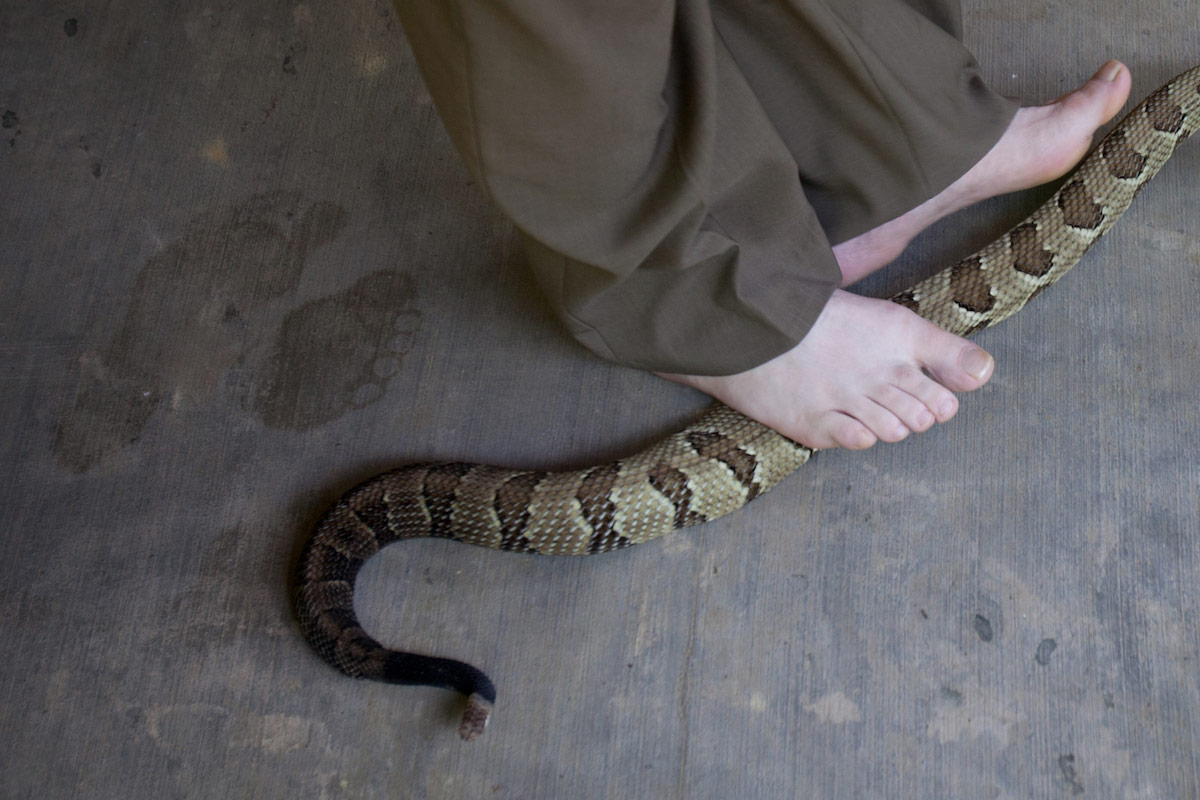
On a spring day in 2011, I met Signs Following Pastor Mack Wolford, who was holding a worship service amidst the dense, green foliage of southern West Virginia’s Panther Park. Well coiffed and wearing a dress shirt and tie, he walked around the picnic site with an air of purpose. While he busied himself arranging microphones and amps, a rattlesnake buzzed loudly in its locked wooden box. Nearby, a creek trickled.
As family, friends, and a handful of observers gathered for the service, an electric current seemed to permeate the warm, humid air. Gradually, drumbeats and guitar chords combined into a sort of repetitive, musical pulse. Seeming to harness an invisible energy, Mack’s mother, Snook, began to dance with a glass bottle, which contained a rag that had been lit on fire. As she twirled in the shade, her face subtly aglow, the flames licked her skin without leaving a visible burn mark.
Mack energetically sang and preached, clutching a handkerchief. In a smooth motion, he grabbed the rattlesnake. I watched in amazement as Mack held the reptile up, dancing with it in mesmerizing, fluid movements. He smiled and closed his eyes, suggesting, as some serpent handlers like to say, that the experience was one “better felt than told.”
Mack’s serene contentment appeared to transfer to the snake. Calm but curious, the rattler benignly wound its way around the pastor’s body, its dry scales sliding effortlessly along his sweat-soaked shirt. As the serpent crested Mack’s shoulder, its eyes momentarily locked with mine, challenging my assumptions about this world of faith and beckoning me to look closer.
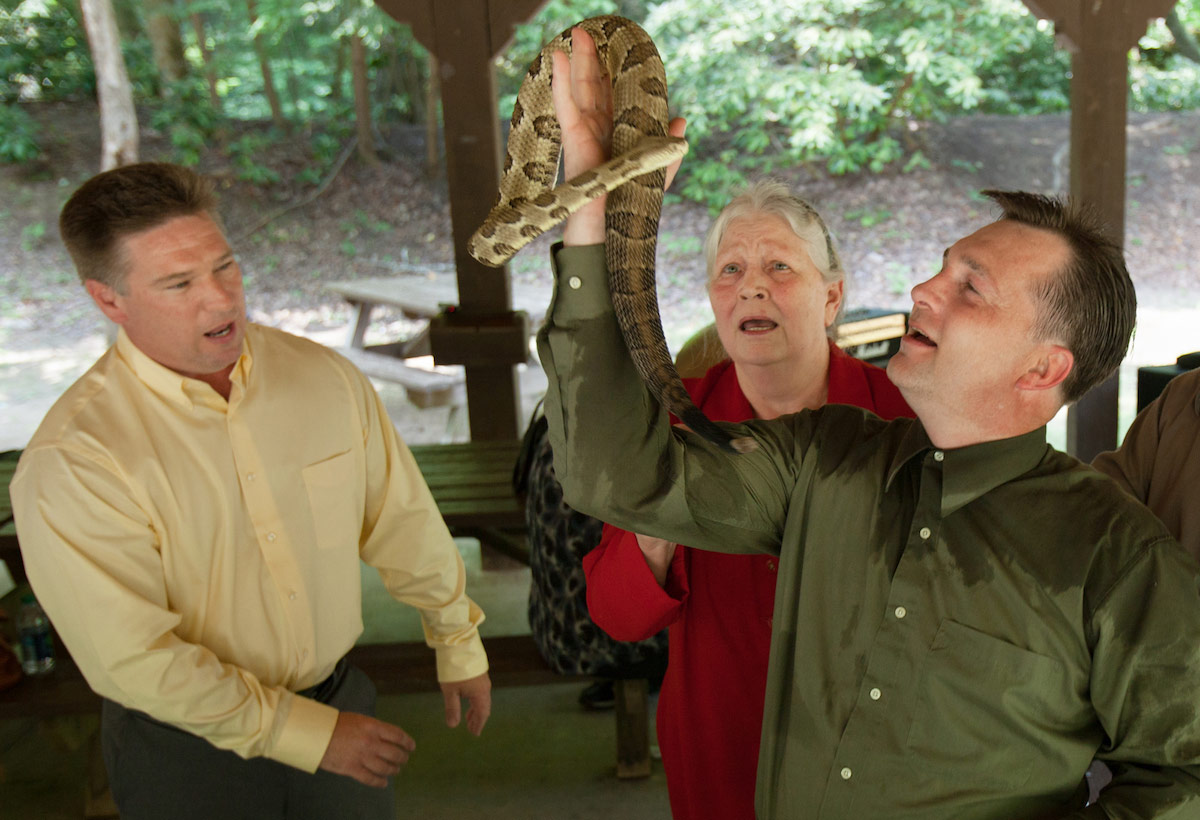
Although he had opened his own church in Matoaka, West Virginia, in 2010, Mack often drove for hours to preach in other worship services, including in the relatively nearby town of Jolo, where he once spent the night in his pickup truck, just so he could participate in church the next day. “If he was invited to a church six states away, he’d get in his truck and he’d go,” his sister Robin told me. “All he wanted to do was talk to people and try to get them to understand that there was something so much greater than what they were experiencing. He just wanted to share it.” At home, he also ministered to his family members, for whom he was a spiritual bedrock.
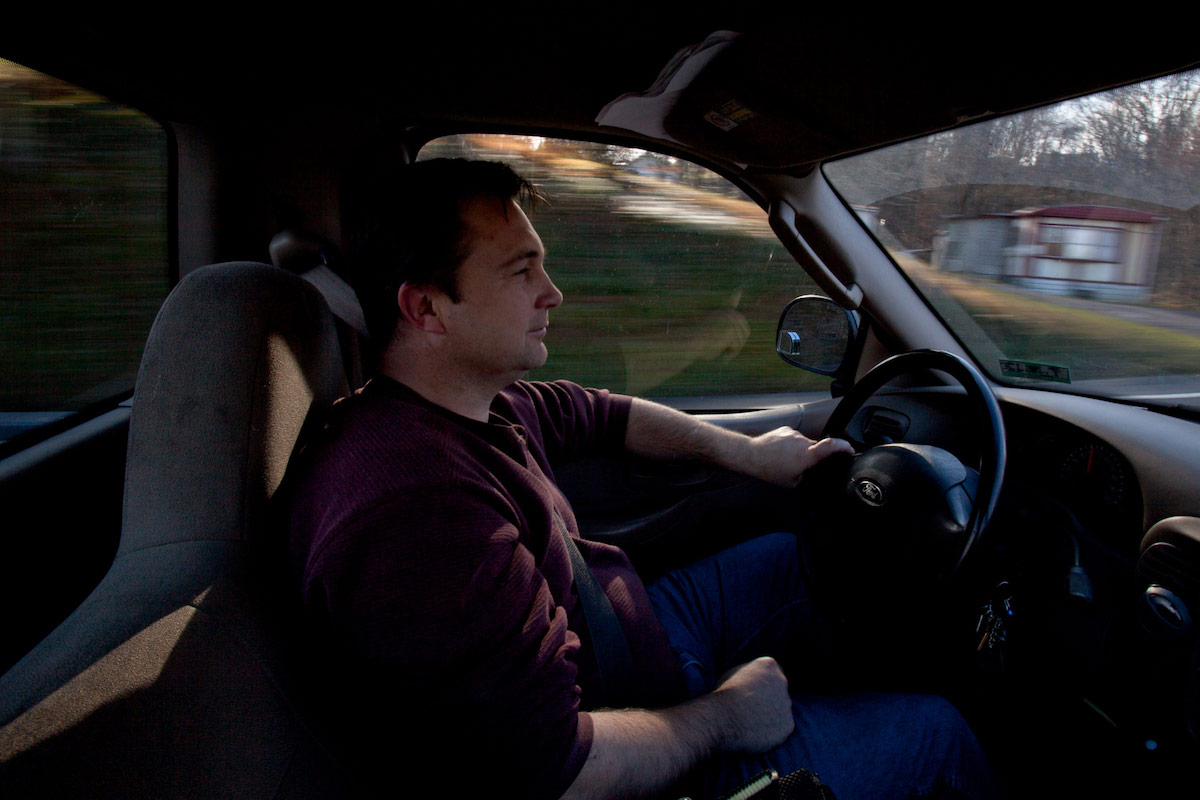
“Praise the lord and pass the rattlesnakes, brother,” Mack wrote on Facebook on May 23, 2012, just before his forty-fourth birthday, and only a few days before he would preach at another outdoor service.
On May 27, I followed a convoy of Mack’s family and friends deep into the hills of Panther Park, with the pastor’s white truck kicking up clouds of dust ahead of us. As soon as we arrived, something seemed off. Robin remembers seeing Mack walk through the grass nearby and kneel for a few minutes, as if to pray. She noticed that her normally sociable, talkative brother seemed oddly quiet and withdrawn.
“I knew something was going to happen,” she said. “I just didn’t know what.”
Suddenly, an eerie stillness fell over the picnic site. “He got bit,” another observer whispered.
One of the most controversial aspects of the Signs Following faith is that adherents generally do not seek medical treatment for snakebites, particularly those that they receive under the anointing. Instead, serpent handlers allow God to decide whether they live or die, while friends and family pray earnestly for their recovery. Often, people survive. Mack himself had been bitten at least four other times.
At first, Mack continued to handle the rattlesnake that had bitten him, holding it up in the diffuse afternoon light and examining it, as if searching for answers. However, he quickly grew too ill to stand.
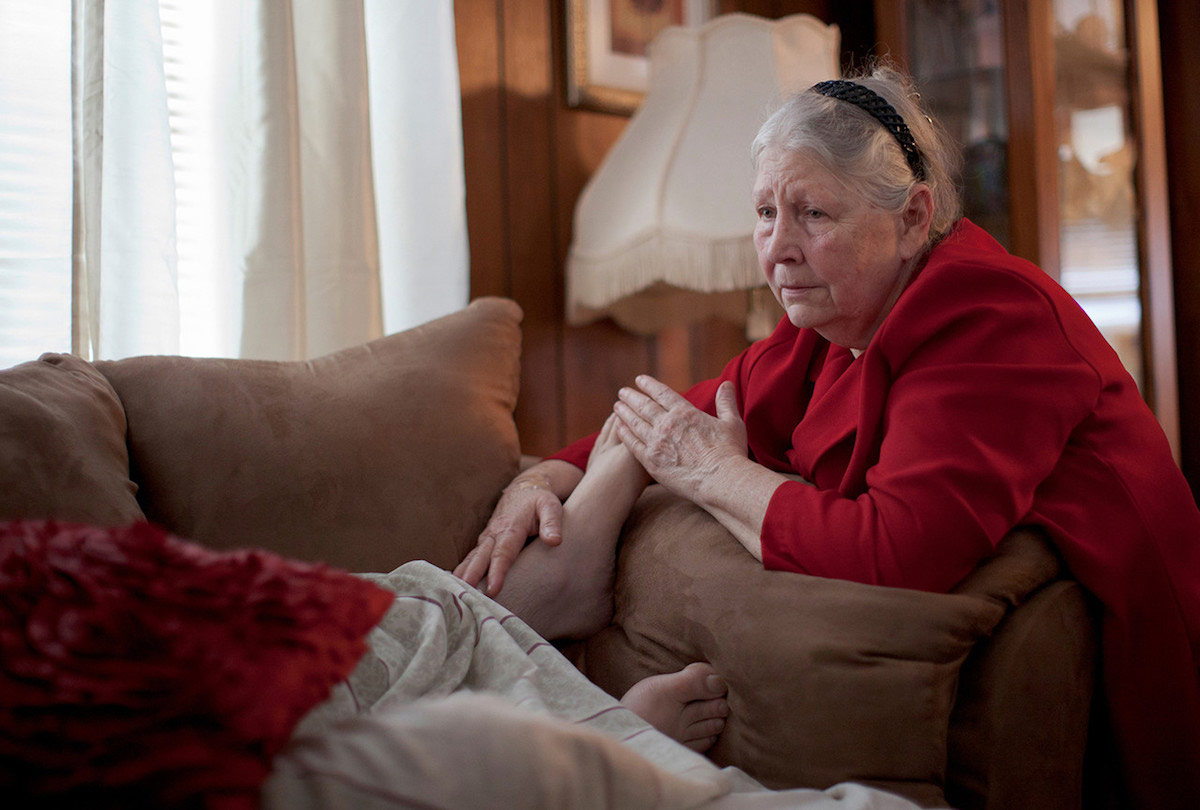
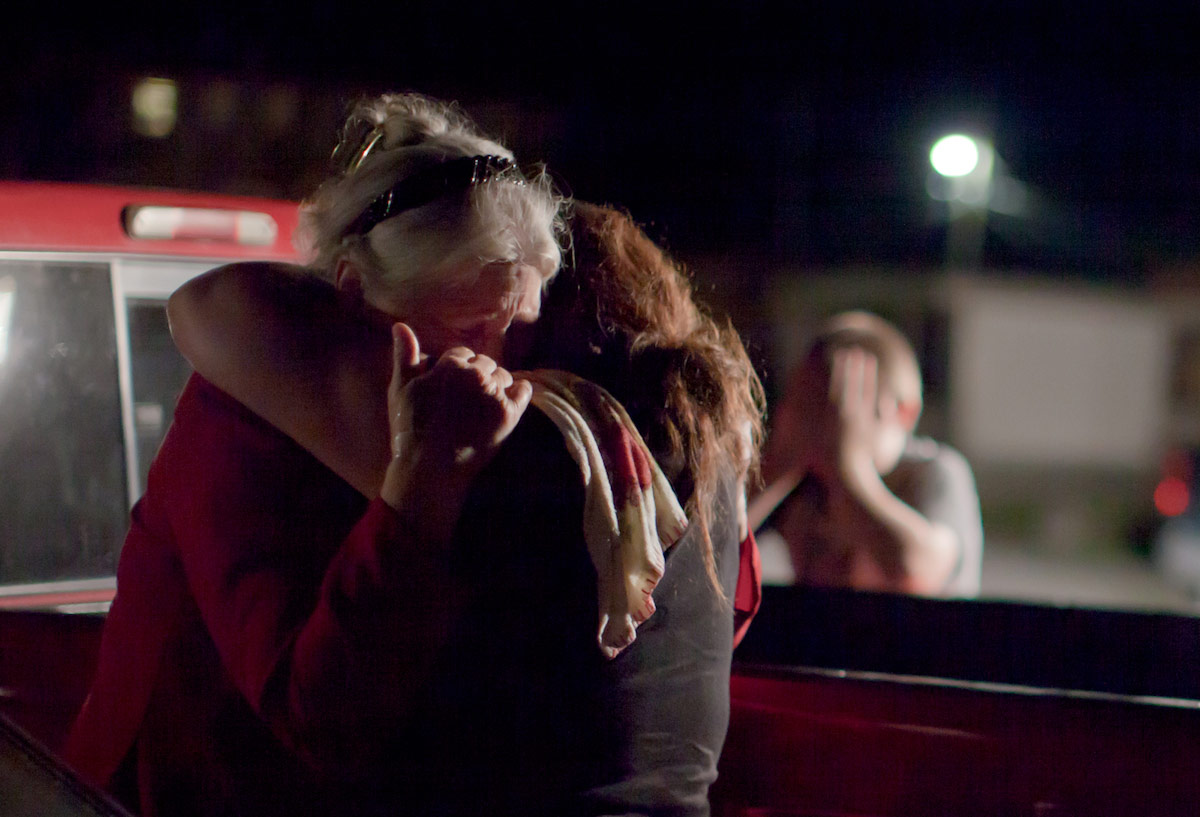
Mack’s death ultimately reaffirmed the Wolfords’ convictions: They believed that the pastor had died obeying God’s Word, and that his passing was part of God’s will. Afterward, some of Mack’s family members were re-baptized in a local body of water.
The following spring, Mack’s family and friends gathered at his church to commemorate the one-year anniversary of his passing. During the worship service, participants continued to handle Old Yeller, the rattlesnake that had delivered the fatal bite. Overhead, the fluorescent lights flickered, as if an invisible spirit wafted through.
The Wolfords kept Old Yeller until the snake died on May 27, 2015, three years to the day of Mack’s death. In 2016, the Wolfords opened a new church, where Mack’s brother Chris is now the pastor. A photograph of Mack rests by the entryway, and his framed ministerial certificate hangs behind the pulpit.
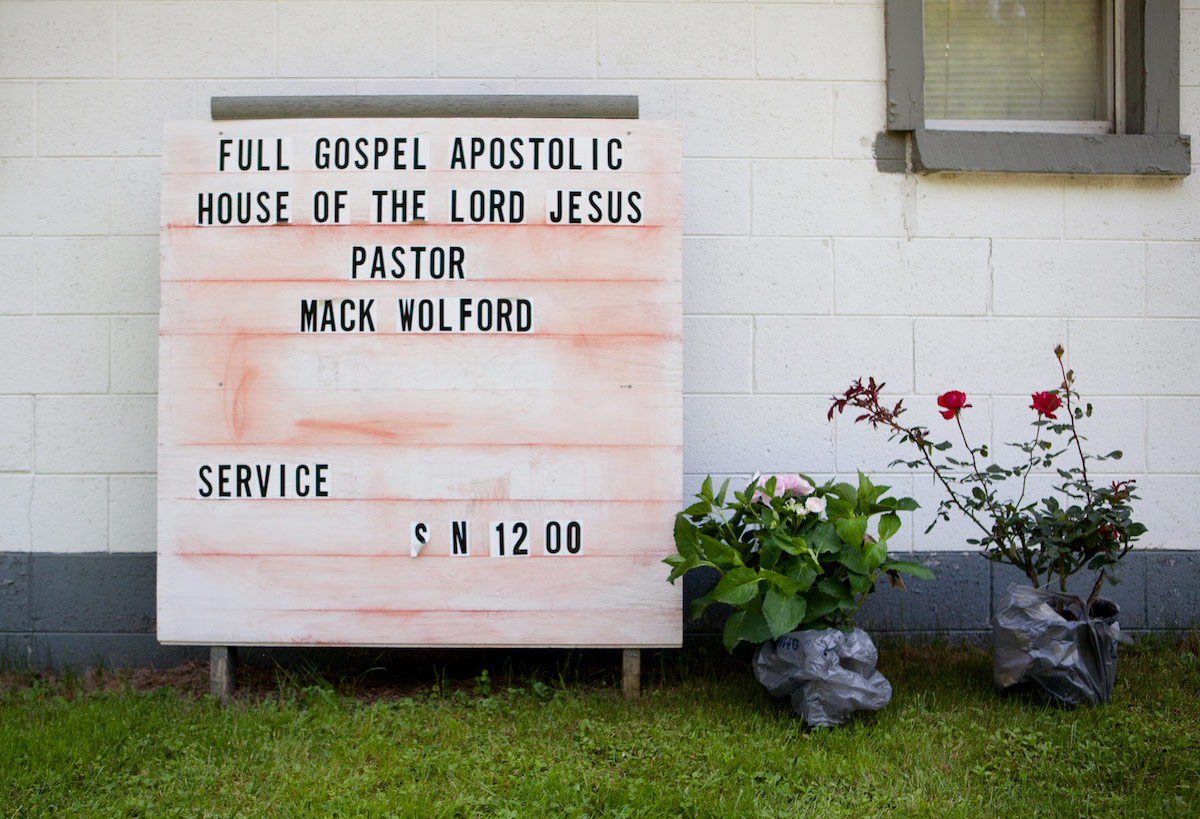
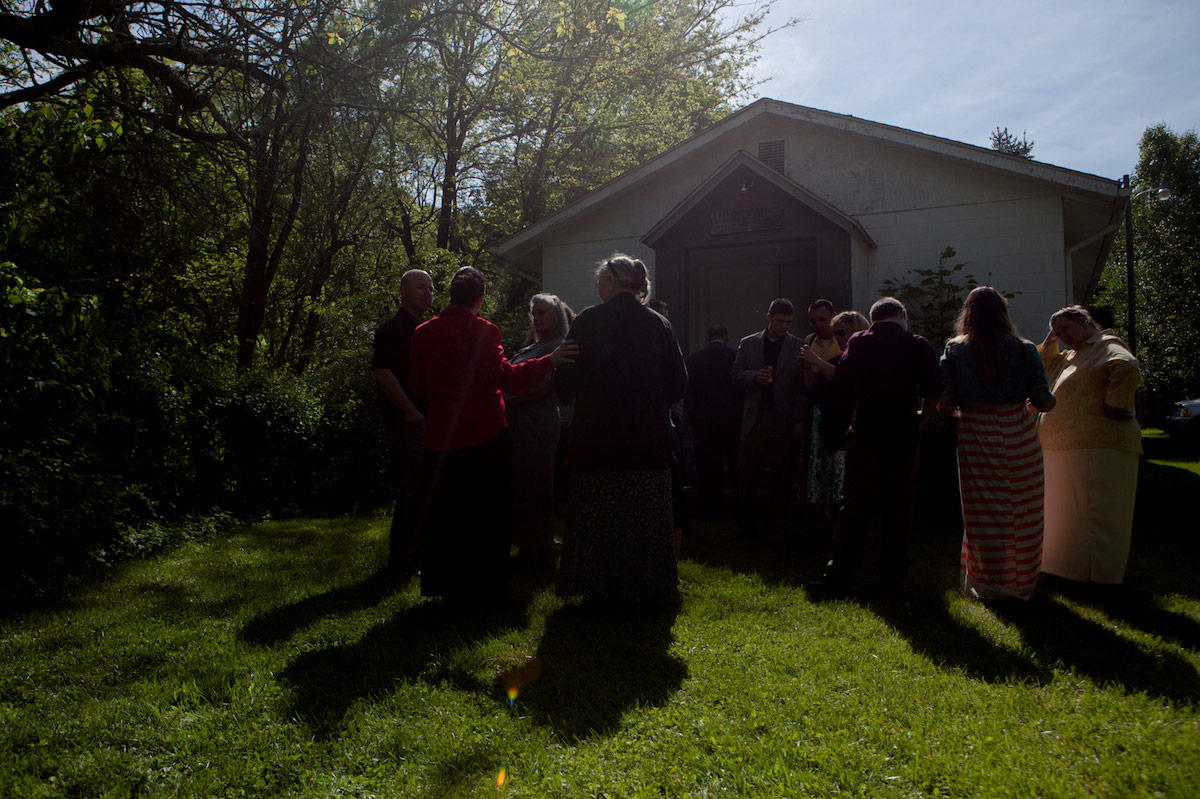
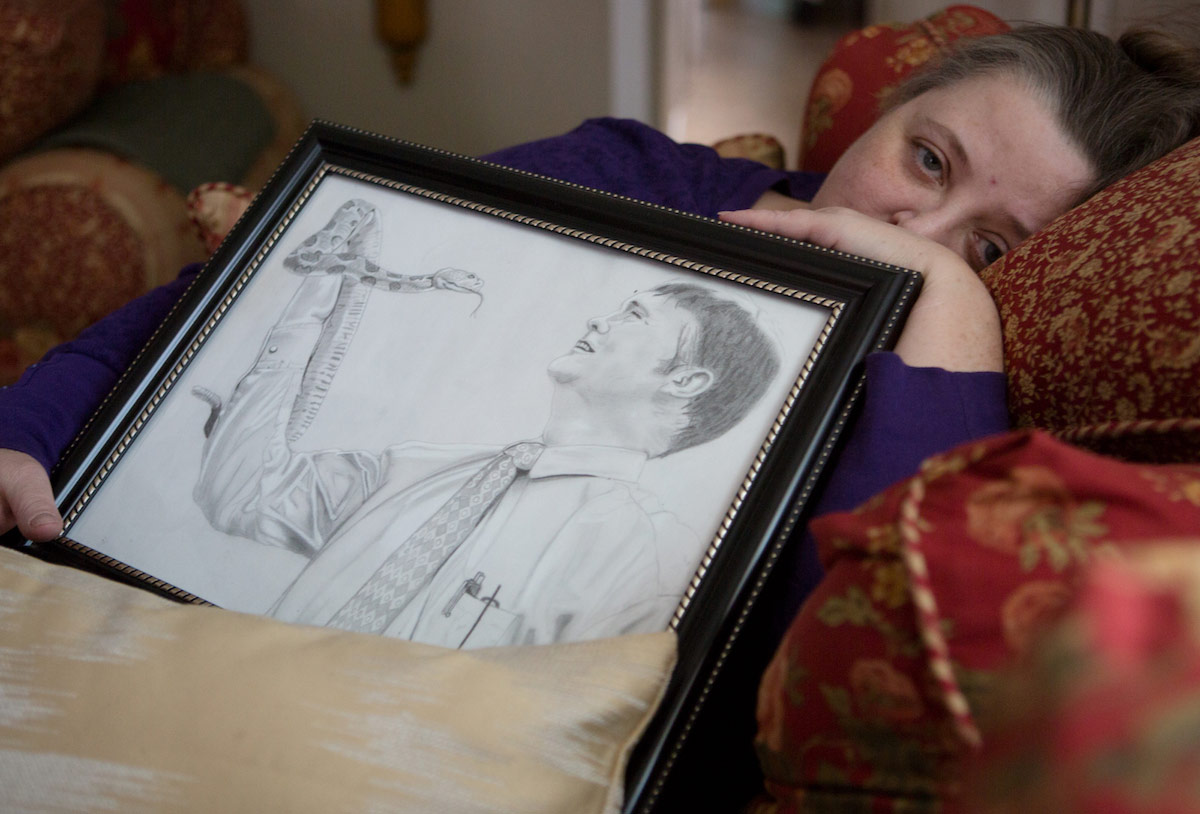
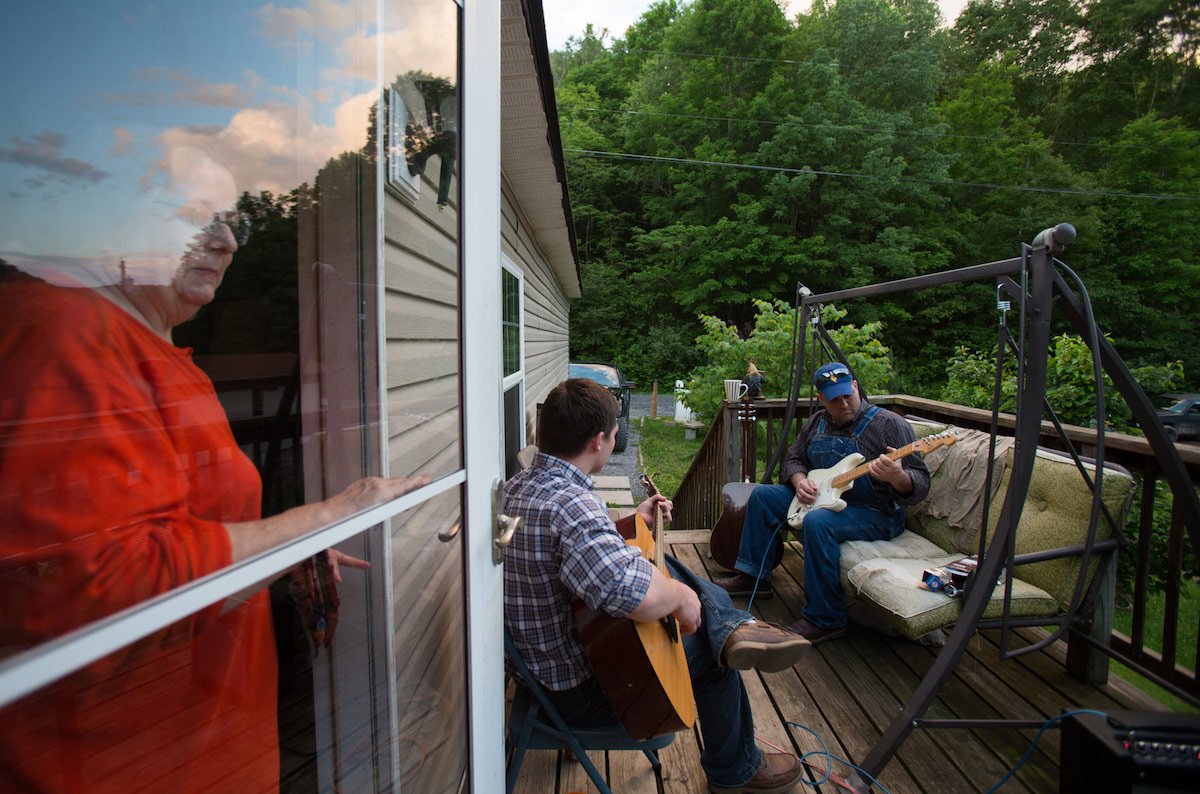
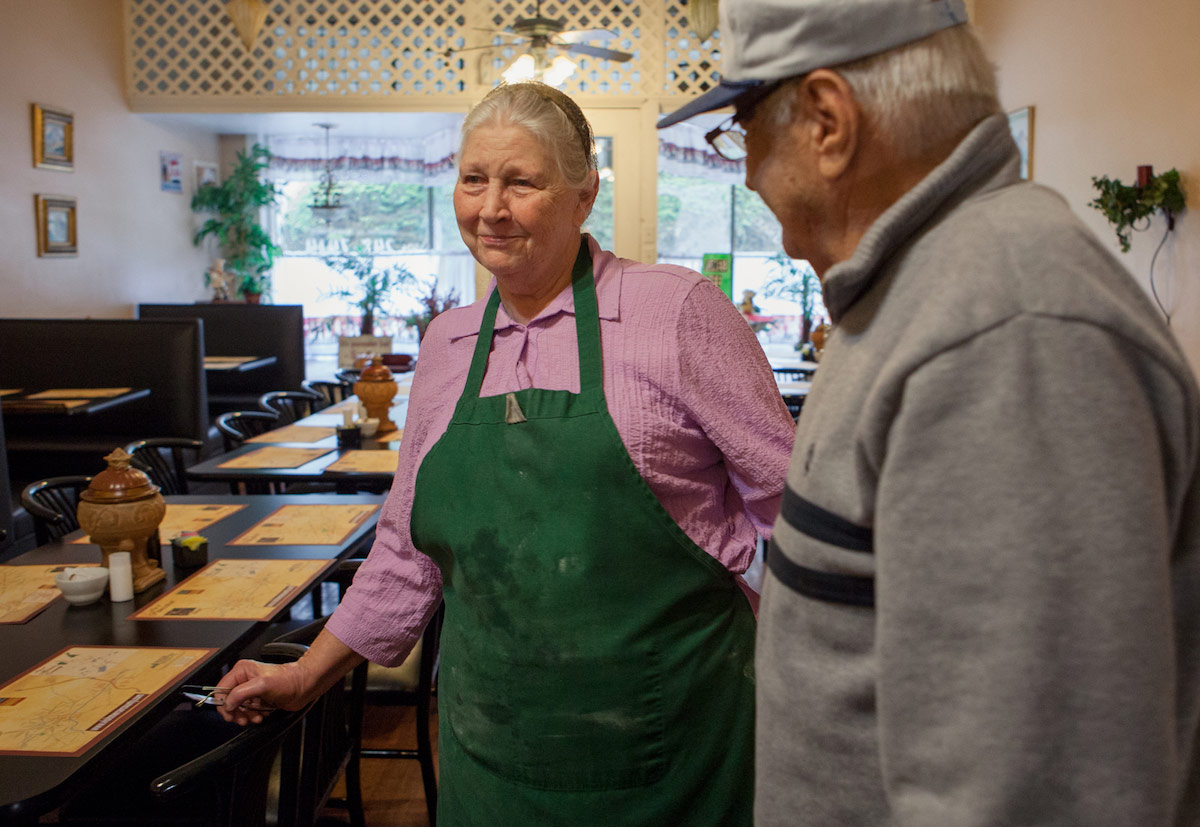

Over time, my relationship with the Wolfords has changed the way I take photographs. I no longer see photography as a form of documentation, but as an opportunity for dialogue: a way to engage with others, to learn from them, and to form deeper understanding. The camera for me has become a means of listening, of sharing a story rather than telling one.
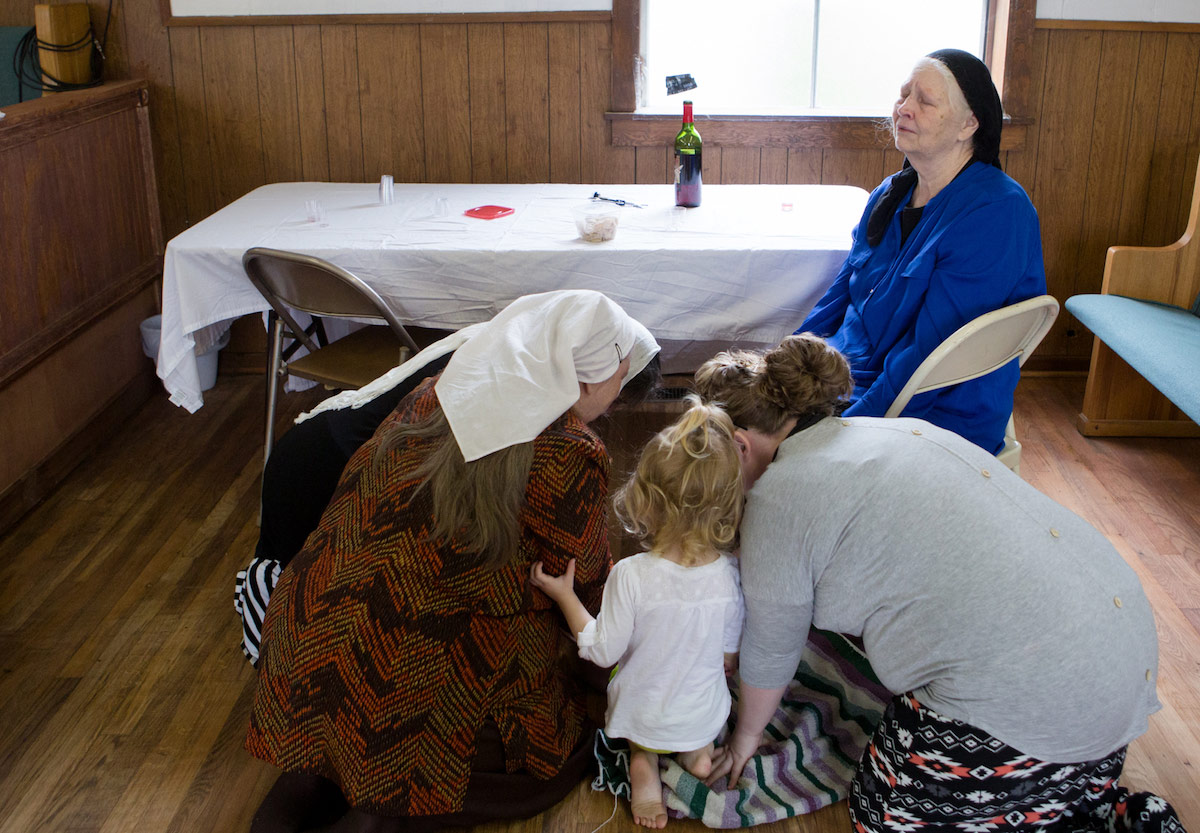
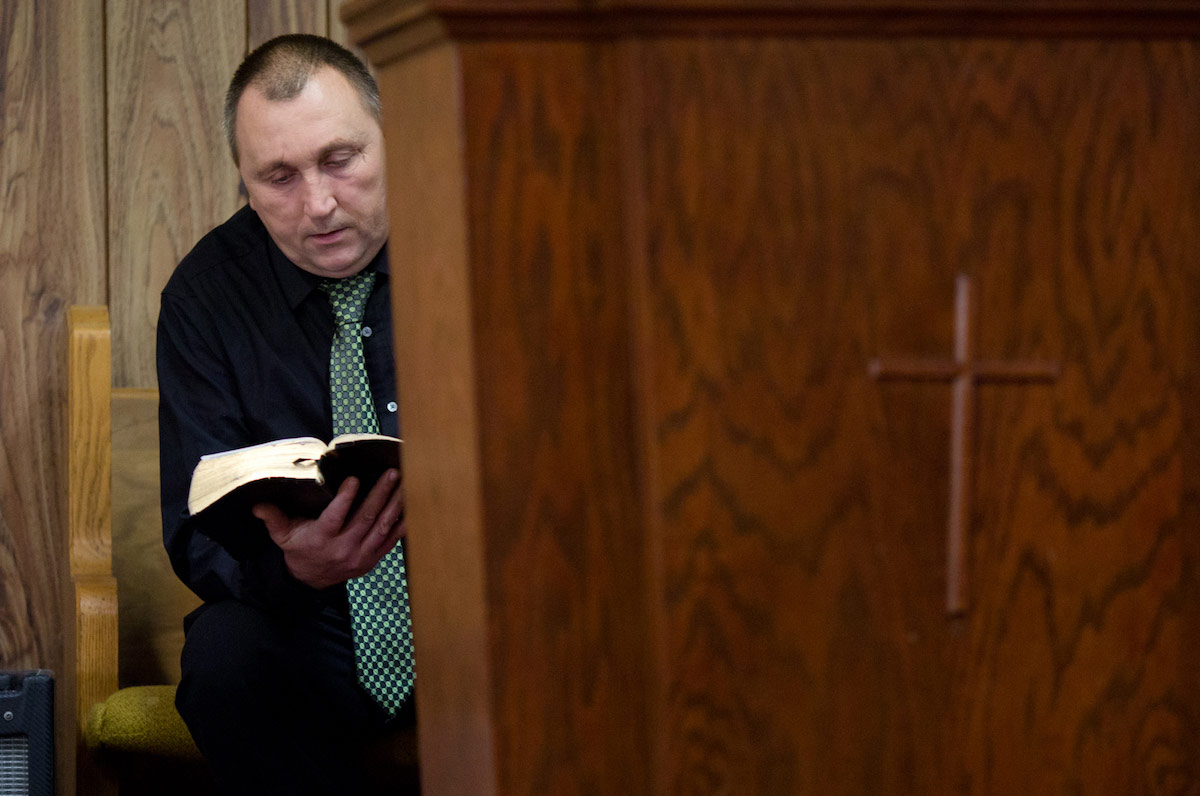
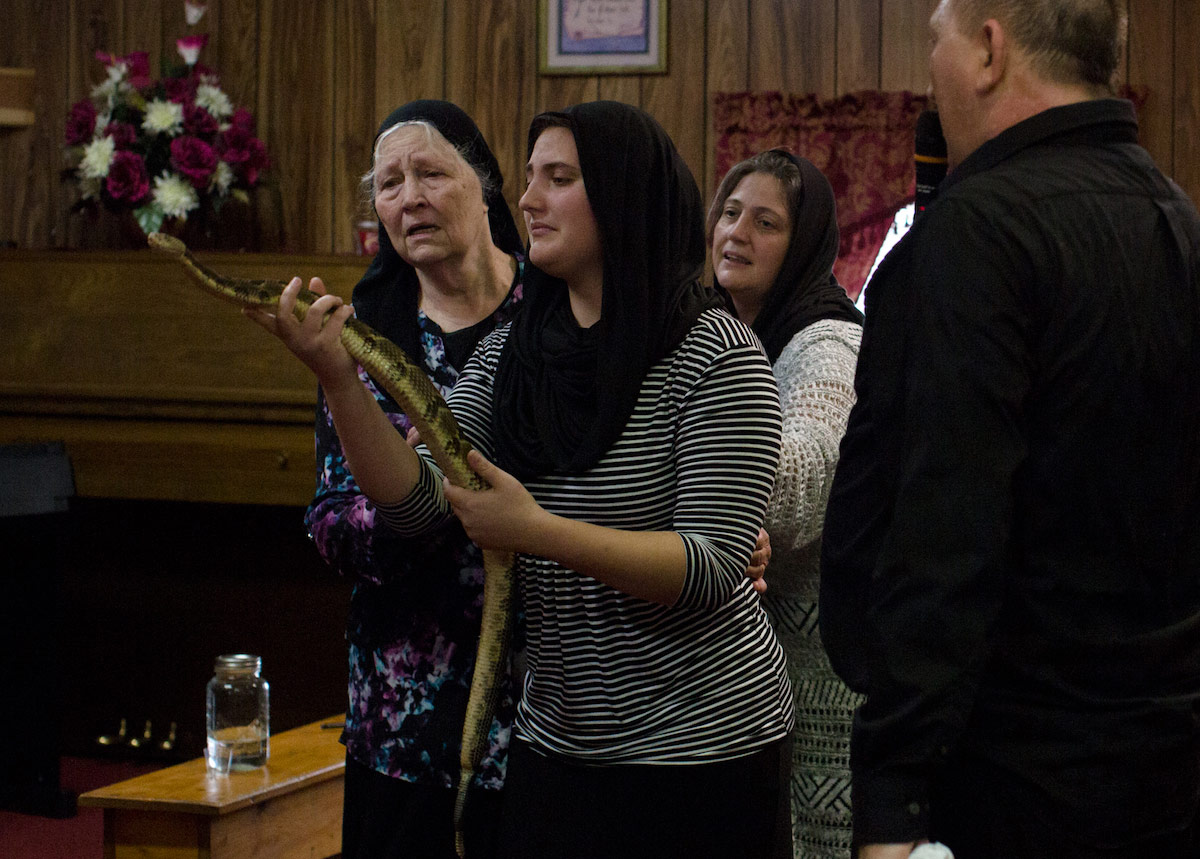
Stories of sin and salvation are plentiful in serpent handling communities, and over the years, I’ve heard dozens of tales of Signs Followers backsliding into different vices and leaving church, only to repent later and rejoin the congregation. Even Mack had not been immune, I learned. “He had said that when he was out in sin, he gave the devil all he had,” Snook admitted. He had been in and out of church so many times, and baptized so frequently, Robin added, “the fish knew his name.” Then he repented a final time and committed his life to serving God.
But now these stories started to resonate; I felt that I was finally glimpsing something at the core of the Wolfords’ beliefs. Serpent handling, once so foreign to me, now felt personal and real. The snake—that alluring hallmark of the Signs Following faith—is not just about death and hardship, as I had imagined. A creature capable of shedding and building upon its past, it also embodies forgiveness and renewal.

Text and images excerpted from Lauren Pond’s Test of Faith.
Drawing of Mack Wolford by Pherson Weathermon II. Courtesy of the artist.
This installment of The By and By is curated by the Center for Documentary Studies at Duke University (CDS). CDS is dedicated to documentary expression and its role in creating a more just society. A nonprofit affiliate of Duke University, CDS teaches, produces, and presents the documentary arts across a full range of media—photography, audio, film, writing, experimental and new media—for students and audiences of all ages. CDS is renowned for innovative undergraduate, graduate, and continuing education classes; the Full Frame Documentary Film Festival; curated exhibitions; international prizes; award-winning books; radio programs and a podcast; and groundbreaking projects. For more information, visit the CDS website.


